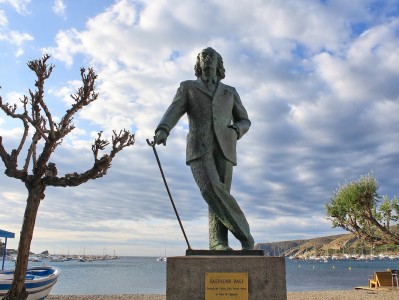仲夏夜之梦论文
Exploring the Literary Significance of "A Midsummer Night's Dream"
*Shakespeare's "A Midsummer Night's Dream" stands as a timeless masterpiece, revered for its exploration of love, illusion, and the interplay between reality and fantasy. This essay delves into the literary significance of the play, dissecting its thematic richness, character complexity, and enduring relevance.*
1. The Interplay of Reality and Fantasy:
At the heart of "A Midsummer Night's Dream" lies a captivating interplay between the real world and the realm of fantasy. Shakespeare deftly weaves together multiple layers of reality, blurring the lines between what is perceived and what is imagined. The enchanted forest serves as a metaphorical space where characters confront their desires, fears, and insecurities, often with humorous and transformative results. Through this juxtaposition of reality and fantasy, Shakespeare invites audiences to ponder the nature of perception and the elusive boundaries between dreams and reality.
2. Themes of Love and Desire:

Central to the play is the theme of love, explored in its various forms – romantic, familial, and platonic. Shakespeare portrays love as a potent force that transcends societal norms and conventions, often leading to chaos and confusion. The romantic entanglements between Hermia, Lysander, Demetrius, and Helena underscore the irrationality of desire and the complexities of human relationships. Furthermore, the unconventional pairing of Titania and Bottom highlights love's transformative power, transcending physical appearances and social status. Through these interwoven narratives, Shakespeare offers a nuanced exploration of love's capacity to both enchant and confound.
3. Character Complexity and Development:
Shakespeare's characterization in "A Midsummer Night's Dream" is masterful, with each character possessing distinct traits and motivations. From the headstrong Hermia to the mischievous Puck, the play is populated by a diverse cast whose actions drive the plot forward. Moreover, Shakespeare imbues his characters with depth and complexity, allowing them to evolve over the course of the play. For instance, the transformation of Bottom from an egotistical actor to a humble and bewildered lover serves as a testament to the transformative power of love and the folly of human ambition.
4. Theatricality and Performance:
As a playwithinaplay, "Pyramus and Thisbe" serves as a metatheatrical device, reflecting upon the nature of performance and storytelling. Through the bumbling antics of the Mechanicals, Shakespeare offers a playful critique of amateur dramatics while simultaneously celebrating the transformative power of theater. The juxtaposition of the fantastical world of the fairies with the mundane reality of the Athenian lovers further emphasizes the theatricality inherent in human experience, blurring the boundaries between art and life.
5. Enduring Relevance and Interpretive Richness:
Despite being written over four centuries ago, "A Midsummer Night's Dream" remains remarkably relevant, resonating with audiences across cultures and generations. Its exploration of universal themes such as love, jealousy, and the transformative power of the imagination ensures its enduring appeal. Moreover, the play's interpretive richness allows for a multitude of readings, from feminist reinterpretations to postcolonial critiques. Whether viewed as a whimsical comedy or a profound meditation on the human condition, "A Midsummer Night's Dream" continues to captivate and inspire audiences worldwide.
In conclusion, Shakespeare's "A Midsummer Night's Dream" stands as a testament to the enduring power of literature to provoke thought, stir the imagination, and illuminate the complexities of the human experience. Through its exploration of love, illusion, and the interplay between reality and fantasy, the play invites audiences to embark on a journey of selfdiscovery and transformation, leaving an indelible mark on the literary landscape for centuries to come.





